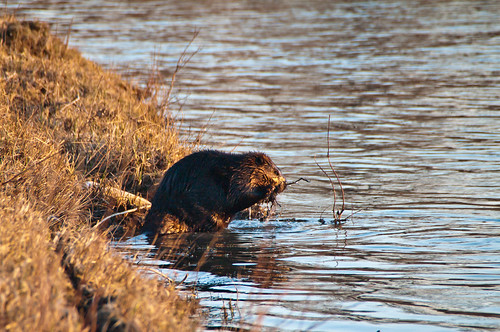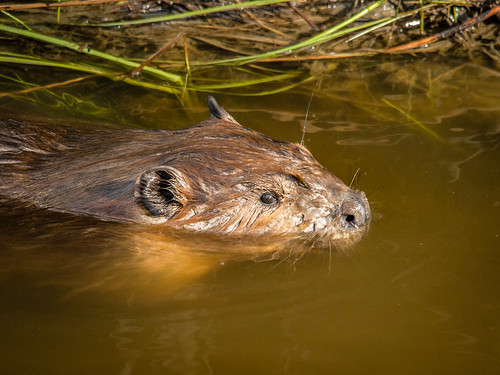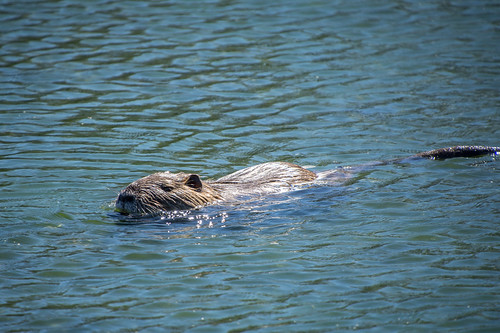Sunday, 7 April 2019
10 Surprising Facts about Beavers - And Why They Make Great Neighbours
1. Beavers’ earliest ancestors appeared on the scene 38-54 million years ago. The first North American beavers ranged in size from tiny ones weighing less than 1.5 kg to giant ones over 3 metres long and the size of a female black bear.
2. The world’s longest beaver dam, found in Wood Buffalo National Park, is over 850 metres long and visible from space. Beavers prefer to build their dams out of wood, but they’ll make do with whatever is available. A dam in the Yukon is built almost entirely out of stones the size of soccer balls.
3. Beaver lodges are initially a solid mass of wood, small twigs, and sticks as well as mud and debris used to fill the gaps. Once it’s big enough, the beavers head underwater and chew their way up through the wood to create an entrance tunnel and living quarters – a feeding platform just above the water level and a larger room where they’ll raise their young and spend most of their time. The beavers then use their paws to plaster the interior walls with mud, leaving just a few holes for ventilation.
4. Beavers’ teeth never stop growing. It’s only by gnawing on wood that they can keep them to a manageable size.
5. Indigenous North Americans and early Europeans used beaver teeth as tools for carving. It’s believed that a beaver jaw with its teeth intact was used to carve the images and hieroglyphics on an 11,000-year-old religious idol found in Russia’s Ural Mountains.
6. Beaver tails are large and shaped like a paddle. They use them to steer while underwater, to balance themselves while on land, and to store fat for the winter. Beavers slap their tail on the water to warn of danger.
7. Beavers can swim at speeds of up to 8 kph and stay underwater for up to 20 minutes at a time.
8. Beavers were hunted to extinction in the United Kingdom 300-400 years ago. They are now being re-introduced in parts of England and Scotland. Eurasian beavers are slightly larger than North American beavers with narrower heads and tails.
9. Ice melts more quickly on active beaver ponds, providing a refuge for early-migrating waterfowl. The cool water at the base of ponds formed by beaver dams is the perfect habitat for baby fish, such as salmon.
10. Beavers help protect against drought by raising the water level, stabilizing and increasing groundwater levels, and holding back water that would otherwise drain away. The cellulose at the bottom of the dams helps break down pesticides and herbicides from agriculture.
Conflict Management
Many cities and rural municipalities in Saskatchewan trap and kill beavers because they damage trees or cause flooding. This is an ineffective, short-term solution as other beavers will quickly repopulate the area and rebuild dams.
The Fur-Bearers offer free workshops in non-lethal co-existence methods that benefit the environment, the public, and beavers. The cities of Calgary and Airdrie have both taken advantage of their services.
Environmental Engineers
Many people believe that by working with beavers and not against them we can restore water to a dry land. Here are a few current initiatives:
Building Riparian Resilience through Beaver Restoration (New Mexico)
Putting Beavers to Work: Leave it to Beavers Watershed Stewardship (Alberta)
The Beaver Solution (State of Washington)
For More Information
Eager: The Surprising Secret Life of Beavers and Why They Matter, Ben Goldfarb (2018)
Once They Were Hats: In Search of the Mighty Beaver, Frances Backhouse (2015)
The Beaver Manifesto, Glynis Hood (2011)
Review of The Beaver Manifesto (EcoFriendly Sask, 2015)
The Beaver Believers (documentary)


